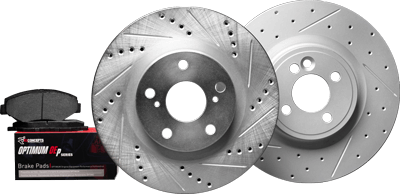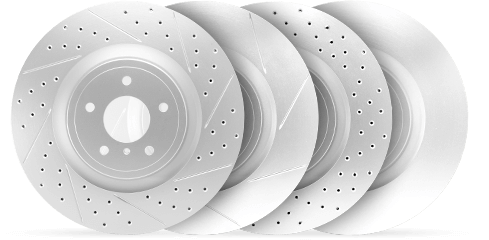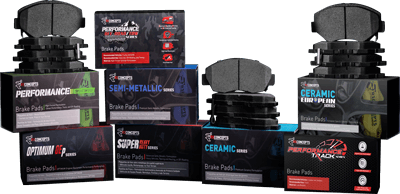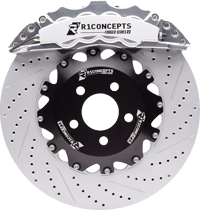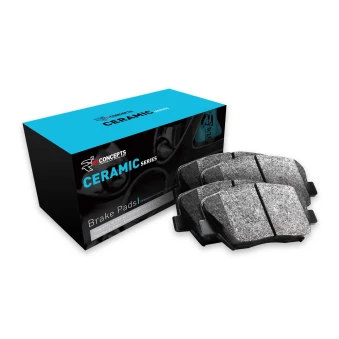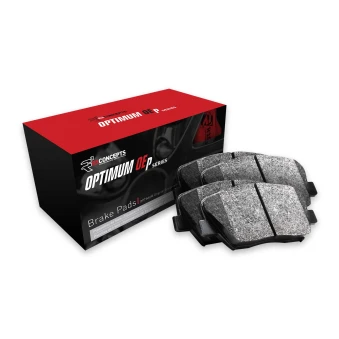
With the number of different types of brake pads on the market it can be helpful to have a guide that explains the materials used. Each style has benefits and preferred applications. Regular duty cars and trucks do not need the same type of performance from brake pads as heavy duty vehicles require. Performance vehicles and European models also have unique needs in brake components.
Ceramic Brake Pads
These brake pads are made of ceramic materials. Ceramic provides a smoother, quieter stopping power. These pads are also not prone to creating dust, keeping the rotor and wheel cleaner. Less dust also means less rotor wear. Ceramic pads are excellent for handling a wide range braking temperatures and have less heat fade. The pads recover quickly after stopping.
Ceramic brake pads are designed to meet or exceed all OEM requirements for durability. While they often cost more than other premium pads, they also last longer and extend the life of the entire braking system.
** Ceramic Brake Pads We Carry
OEM Replacement Brake Pads
Pads designated as standard replacement are lower cost options that are designed to meet or exceed most OEM requirement. These pads are often referred to as organic or non-asbestos organic brake pads. Materials used in manufacturing vary but often include rubber, glass and resins. Some higher-grade organics include Kevlar. The materials do create moderate dust and wear out about the same as OEM pads.
** OE Replacement Brake Pads We Carry:
Street Performance Brake Pads
Pads designated as street performance are harmonically damped for maximum vibration and noise control. Backing plates are manufactured with steel and precision fit to further reduce vibration. Pads are designed to work with both slotted and standard rotors.
** Street Performance Brake Pads
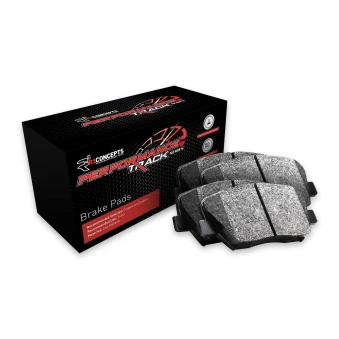
R1 PERFORMANCE Track Series Brake Pads
No matter what type of brake pads you choose, the best braking results will come from matching materials on the front and rear brakes. However not vital, but a mismatch in the friction may create different braking performance results.


